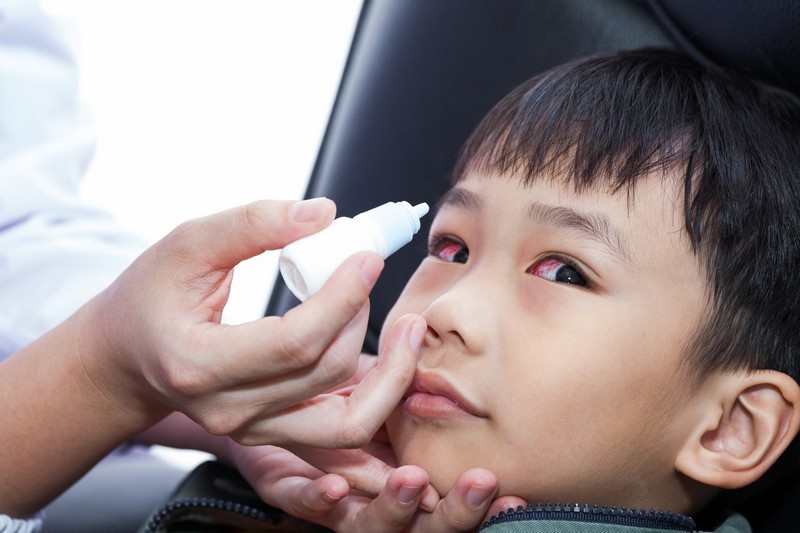Low Humidity and Cold Temperature

The eye is primarily composed of water and needs proper moisture to function well and prevent diseases from developing inside. When the eye loses its fluid or does not have enough water to moisturize the inner layers, it experiences an internal burning sensation and stinging pain (especially when rubbed incessantly), which results in redness of the eyes and excessive production of tears.
When the humidity of the environment is low, it can cause dry eyes. It is because the eyes blink and continuously look for moisture in the surroundings. As a result, it experiences intense pain until the humidity increases and moistens the eyes. If the eyes are near an air vent or strong winds (like fans), the tears produced immediately evaporate, leaving them dry and irritating.
If the temperature is too cold, the blood vessels (such as the central retinal artery and ophthalmic artery) in the eye constrict and may also freeze the cornea’s surface (also called corneal freeze.) This simultaneous situation leads to blurry vision (temporary), eye dehydration, and others. However, a change to a warmer environment may fix the condition.










